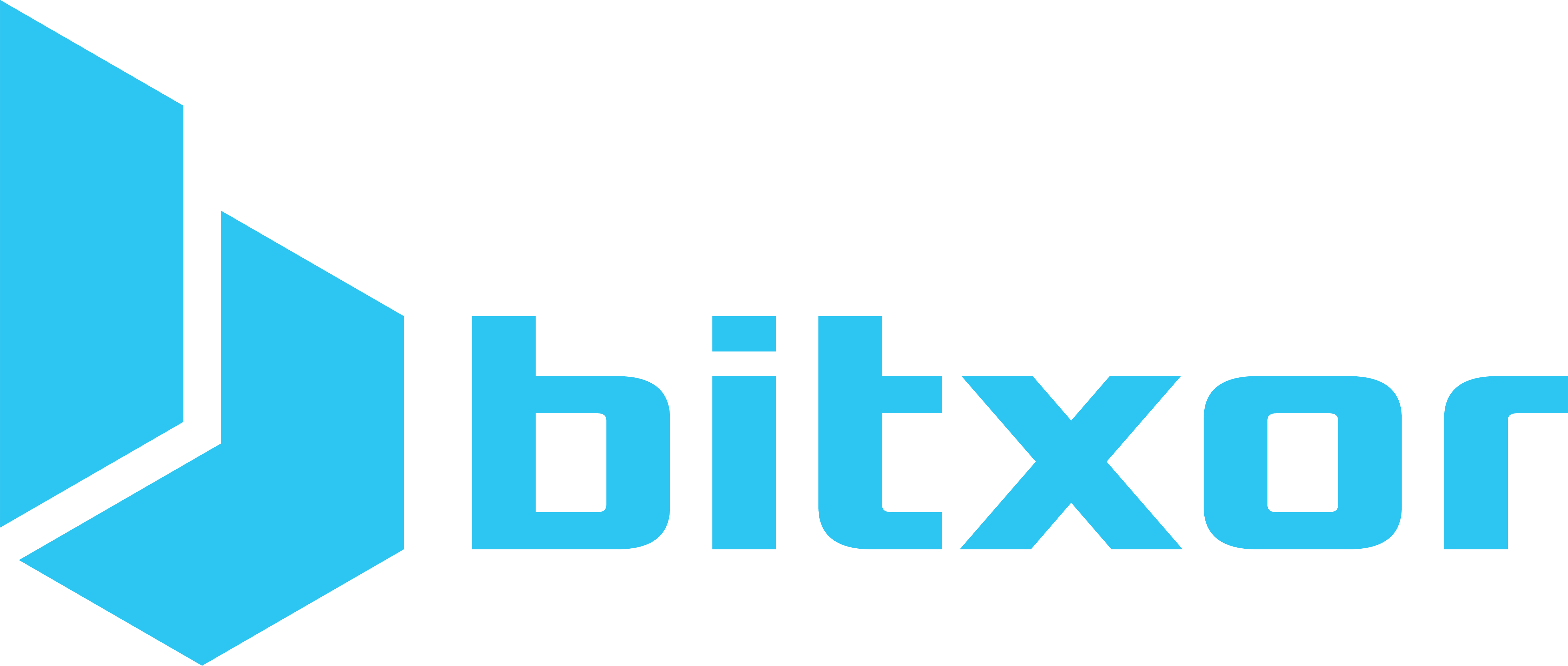The world of cryptocurrencies and blockchains can seem complex, but today I'm going to explain to you in a simple and clear way how the consensus algorithm works in Bitxor Protocol, a revolutionary technology that is changing the way we see and understand the exchange of digital data.
Imagine Bitxor Protocol as a kind of large digital book where all transactions that occur on the Bitxor network are recorded. This book is not controlled by a single entity, but is decentralized, meaning it is distributed in many places around the world. This is the first key point to understand how the consensus algorithm works in Bitxor Protocol.
Now, let’s talk about the consensus algorithm, which is basically the way decisions are made in this decentralized network. In the case of Bitxor Protocol, we use an innovative mechanism called Proof-of-Stake Plus (PoS+), which is an enhanced version of the popular Proof-of-Stake (PoS) consensus.
In a basic PoS consensus algorithm, the creation of new blocks in the blockchain is randomly assigned to a node, mainly based on the amount of cryptocurrency that node possesses. But in Bitxor Protocol, the PoS+ algorithm goes one step further.
Understanding the Essence of Bitxor Protocol
The PoS+ algorithm not only takes into account the amount of cryptocurrency a node holds, but also other factors that promote the health and activity within the Bitxor ecosystem. These factors include the number of transactions carried out by that node and the number of times that node has received fees for validating transactions.
Why is this important? Well, because in Bitxor Protocol, we want participants to be active and engaged with the network. We want to reward those who contribute to the growth and security of the network, not just those who have a lot of cryptocurrency in their possession.

So, periodically, an importance score is calculated for each node, considering these factors. This score determines the probability that the node will be selected to create the next block in the blockchain.
And here’s the interesting part: when a node is selected to create a new block, it is rewarded with more cryptocurrency. This is how new coins are created in Bitxor Protocol and how active participation in the network is incentivized.
So, in summary, the consensus algorithm in Bitxor Protocol rewards active participation and contribution to the ecosystem. It’s not just about having a lot of cryptocurrency, but about being actively involved in the network. This makes Bitxor Protocol more secure and efficient than other blockchain systems that only rely on the amount of cryptocurrency a user holds.
I hope this explanation has helped you understand a little more about how Bitxor Protocol works and why it’s such an exciting and revolutionary technology. If you want to learn more, don’t hesitate to explore more about Bitxor and join our growing community of bitxornauts! You can also check out the Bitxor Protocol documentation and our GitHub repositories for more technical details.

